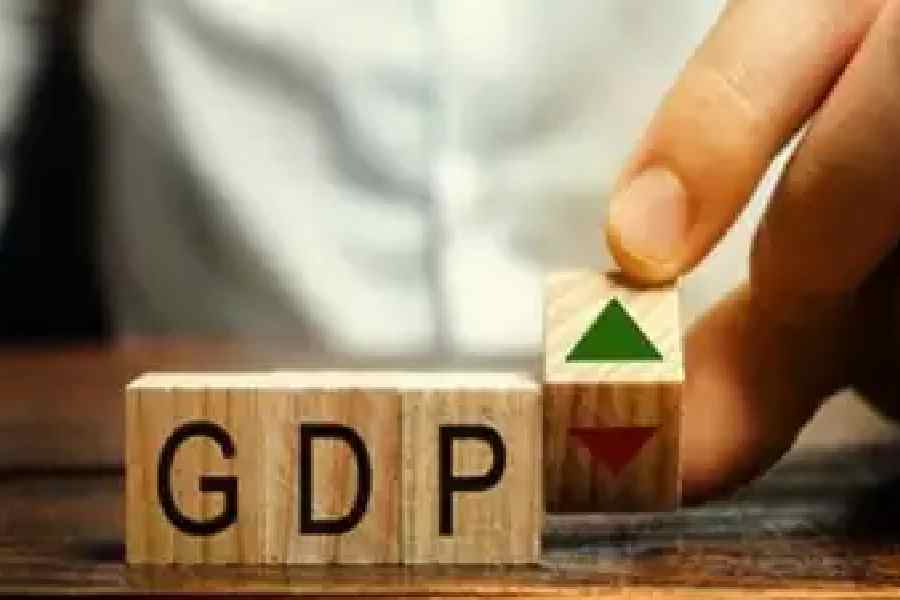Moody's on Sunday said the Indian economy is expected to clock a 6-6.3 per cent growth in June quarter, and flagged risks of fiscal slippage arising from weaker-than-expected government revenues in the current fiscal.
Moody's growth estimate is lower than the 8 per cent projection for the first quarter made by the Reserve Bank last week.
In an interview with PTI, Moody's Investors Service Associate Managing Director Gene Fang said India has a relatively high level of general government debt at around 81.8 per cent of GDP for 2022-23, and low debt affordability.
India, he said, has a high growth potential and its credit strengths include a stable domestic financing base for government debt, as well as a sound external position.
"We expect India's growth to come in around 6-6.3 per cent in the first quarter of the current fiscal year, which remains relatively flat from the 6.1 per cent recorded in the final quarter of fiscal 2022-23," Fang said.
While household demand is likely to see an improvement given the moderation in both headline and core inflation readings, lagged effects of higher interest rates pose some risks on gross fixed capital formation, in particular, Fang added.
Gross Fixed Capital Formation (GFCF) is an indicator of investment in the economy.
Fang said as a 'Baa3' rated sovereign, India's strengths lie in its large and diversified economy with a high growth potential, which is evident in the relatively strong growth forecast this year despite the weaker global economic outlook.
The government has largely met its fiscal objectives over the past two years, assuaging concerns on fiscal policy, he said.
The fiscal deficit, which is the difference between government expenditure and revenue, narrowed to 6.4 per cent of GDP in 2022-23 from 6.7 per cent in 2021-22.
In the current fiscal, the deficit is budgeted to come in lower at 5.9 per cent of GDP.
"As the government balances the commitment to longer-term fiscal sustainability against its more immediate priority of supporting the economy amid high inflation and weak global demand, and ahead of general elections due by May 2024, we expect some risks of fiscal slippage arising from possibly weaker-than-expected government revenues," Fang said.
For the full 2023-24 and 2024-25 fiscals, Moody's projects economic growth at 6.1 per cent and 6.3 per cent, respectively.
On a calendar year basis, Moody's expects growth to be 5.5 per cent in 2023, which could improve to 6.5 per cent in 2024.
In its monetary policy last week, the Reserve Bank of India (RBI) projected India's GDP to expand by 6.5 per cent in the current fiscal, on the back of supportive domestic demand conditions.
The RBI projected June quarter (Q1) growth at 8 per cent, Q2 at 6.5 per cent, Q3 at 6 per cent, and Q4 at 5.7 per cent.
Moody's has a 'Baa3' sovereign credit rating on India, with a stable outlook. Baa3 is the lowest investment grade rating.
All three global rating agencies -- Fitch, S&P, and Moody's -- have the lowest investment grade rating on India, with a stable outlook. The ratings are looked at by investors as a barometer of the country's creditworthiness and impact borrowing cost.
Fang said India has a relatively high level of general government debt, estimated at around 81.8 per cent of GDP for fiscal 2022-23, compared with the Baa-rated median of around 56 per cent.
The country also has low debt affordability, in terms of general government interest payments as a percentage of revenues, which for India is estimated at 26 per cent for fiscal 2022-23, compared with the Baa median of around 8.4 per cent.
Except for the headline, this story has not been edited by The Telegraph Online staff and has been published from a syndicated feed.










